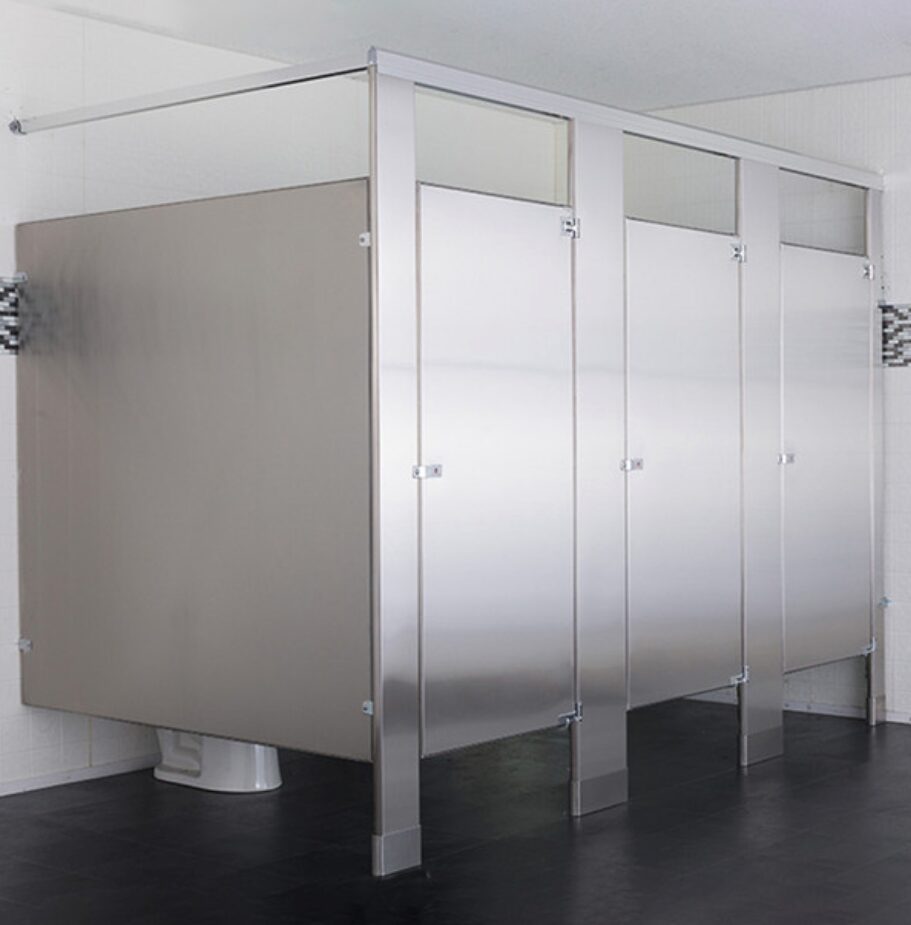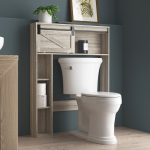Introduction: The Quest for Privacy in Public Spaces
In today’s fast-paced society, privacy has become a luxury, especially in public spaces where personal moments often intertwine with communal experiences. One such space where the desire for seclusion is acutely felt is in toilet stalls – a realm where functionality meets the fundamental need for isolation. This exploration delves into the intricate world of toilet stall and partition designs, examining how architecture and design play a pivotal role in preserving dignity and enhancing user comfort in these intimate settings.
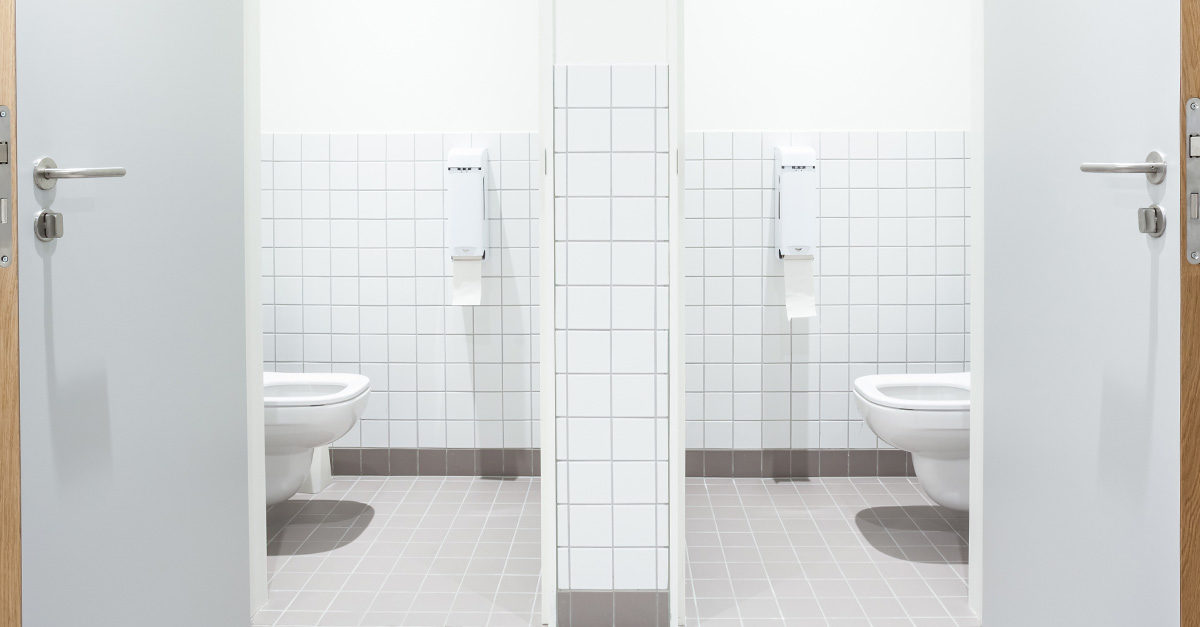
The Evolution of Toilet Stall Design: From Necessity to Nuance
The history of public restroom partitions mirrors the evolution of societal values and technological advancements. Early public conveniences were Spartan at best, with minimal attention paid to privacy. However, as public health concerns rose and social etiquettes evolved, so too did the need for more sophisticated stall designs. Modern partitions now incorporate sound-dampening materials, anti-bacterial surfaces, and innovative locking mechanisms, all aimed at maximizing privacy and hygiene. This transformation underscores the growing recognition of privacy as a right, even in the most utilitarian of spaces.
The Psychology of Privacy: Why It Matters in Restroom Design
Understanding the psychological impact of privacy in restroom design is paramount. A sense of privacy fosters feelings of security, allowing individuals to relax and attend to their needs without distraction or embarrassment. Poorly designed stalls with inadequate partitions can lead to anxiety, rushed use, and even avoidance behaviors. Designers must therefore consider height, spacing, and material opacity when conceptualizing stalls, striking a balance between visual and auditory isolation without compromising safety or cleanliness.
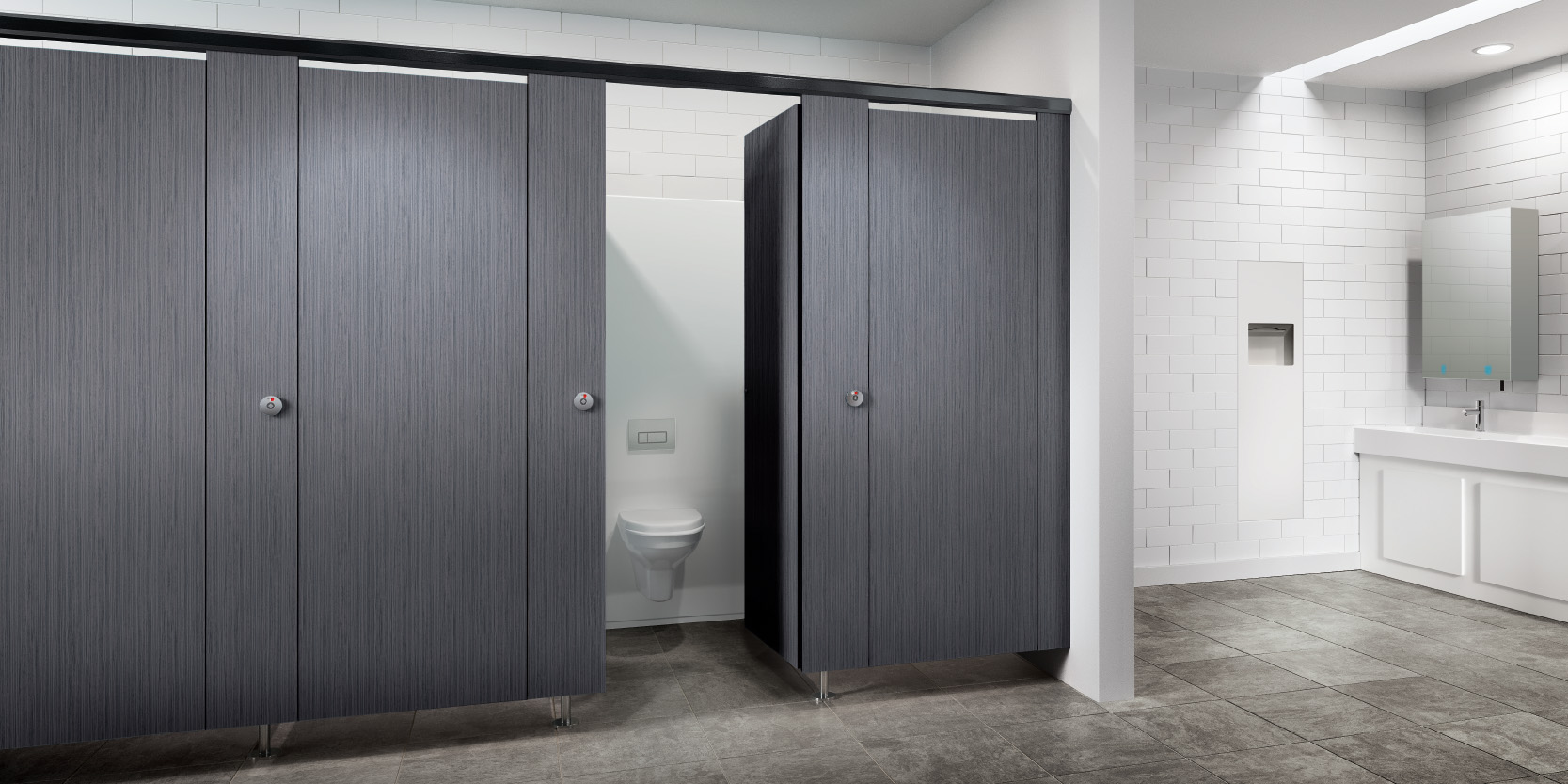
Height Matters: The Debate Over Partition Heights
One of the most debated aspects of toilet stall design revolves around partition height. While some argue that taller partitions provide superior privacy, others contend that excessive height can exacerbate cleaning difficulties and create an oppressive atmosphere. The sweet spot seems to lie in partitions that reach just above standing eye level, typically around 72-78 inches, combined with a small gap at the bottom for ventilation and cleaning access. This design choice aims to deter unwanted gazes without sacrificing practicality.
Material Matters: Balancing Aesthetics, Durability, and Hygiene
Selecting the right materials for toilet stall partitions is crucial. Traditional materials like metal, wood, and plastic laminate have given way to more advanced options like high-density polyethylene (HDPE), stainless steel, and solid surface materials. HDPE, for instance, offers excellent resistance to moisture, graffiti, and impacts, while being easy to clean and naturally resistant to bacterial growth. These modern materials not only enhance privacy but also contribute to a cleaner, more inviting restroom environment.
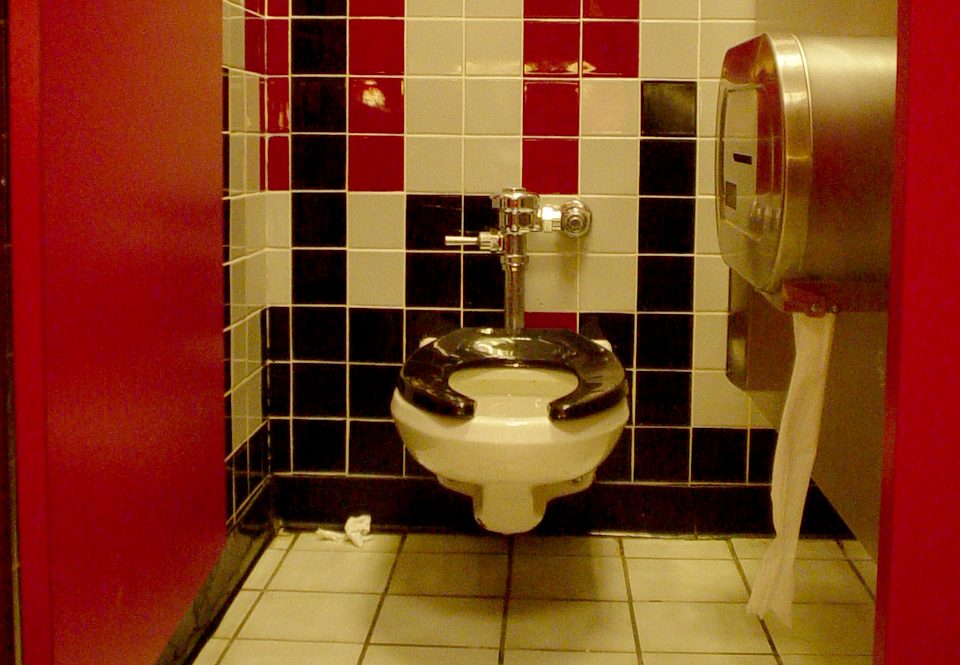
Innovative Designs: Integrating Technology and Creativity
As technology advances, so too does the potential for creative and functional toilet stall designs. Smart partitions equipped with antibacterial coatings that break down pollutants, self-cleaning surfaces, and even integrated LED lighting for added ambiance are becoming more prevalent. Furthermore, architects are experimenting with layout innovations, such as angled partitions and staggered stalls, to minimize sound transfer and increase privacy without increasing the overall footprint of the restroom. These advancements reflect a commitment to user well-being and the integration of privacy as a core design principle.
Accessibility and Inclusivity: Designing for All Users
Privacy in toilet stalls extends beyond mere partitioning; it encompasses accessibility and inclusivity for users of all abilities. Universal design principles dictate that restrooms must cater to individuals with disabilities, elderly users, and parents with young children. Features like wider stalls, grab bars, and accessible locks promote independence and dignity. Moreover, family restrooms and gender-neutral facilities further underscore the need for inclusive design, ensuring that every individual feels safe and respected regardless of their needs.

The Impact of Lighting and Color Schemes
Lighting and color choices significantly influence the perceived level of privacy in restrooms. Soft, indirect lighting can create a calming ambiance, reducing the harshness of shadows and minimizing visibility through partitions. Color schemes that lean towards neutral or muted tones promote a sense of tranquility and can make spaces appear cleaner and more spacious. By carefully considering these elements, designers can further enhance the private nature of toilet stalls, making them feel less institutional and more user-centric.
Sustainability and Privacy: A Dual Pursuit
Incorporating sustainable practices into toilet stall designs is not merely an environmental responsibility; it also contributes to a sense of privacy. Materials sourced from recycled content or those designed for longevity reduce the need for frequent replacements, thereby minimizing disruptions to users. Additionally, energy-efficient lighting systems and water-saving fixtures demonstrate a commitment to preserving resources without compromising on the privacy experience. Sustainability and privacy thus go hand-in-hand, fostering a restroom environment that is both respectful of individual needs and conscious of its ecological footprint.
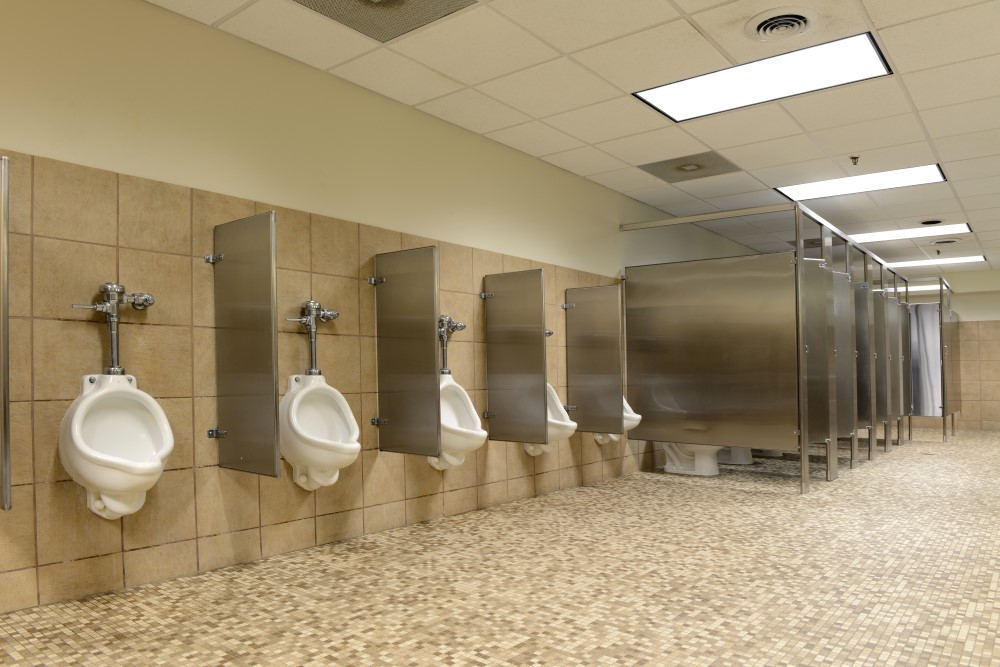
Sustainable Solutions: Eco-Friendly Materials and Practices
Incorporating sustainability into toilet stall design is another emerging trend that aligns with global environmental concerns. Eco-friendly materials, such as recycled HDPE, bamboo composites, and rapidly renewable resources, offer durability and low environmental impact. These materials not only reduce the carbon footprint of the restroom but also contribute to LEED certification points for green buildings. Additionally, designing for easy maintenance and longevity ensures that the stalls will not need frequent replacements, thereby minimizing waste.
Designing for Sensory Comfort
A holistic approach to privacy includes addressing sensory aspects within the restroom environment. This means considering noise levels, air quality, and the use of textures and finishes that promote a soothing atmosphere. Acoustic panels integrated into stall partitions can dampen sound, creating a more peaceful space. The use of non-toxic, low-VOC (volatile organic compounds) materials in paints and adhesives improves indoor air quality, benefiting users with sensitivities or respiratory issues. Furthermore, incorporating natural elements or biophilic design principles, such as living walls or natural light, can enhance psychological comfort and a sense of connection to nature.
User Feedback and Iterative Design
Understanding user experiences and preferences is vital for continuous improvement in toilet stall design. Gathering feedback through surveys, observational studies, or digital tools can inform future iterations. Designers and facility managers should be responsive to user needs, adjusting partition heights, door configurations, or incorporating new technologies based on this feedback. This iterative process fosters an environment that is continually evolving to better serve its users, ensuring that privacy, comfort, and functionality remain at the forefront of restroom design.
Conclusion: A Private Realm in the Public Sphere
Privacy in toilet stalls is not a trivial matter; it is an essential component of human dignity and well-being. Through thoughtful design considerations—ranging from partition heights to sustainable materials, and inclusive layouts to ambient lighting—the once-overlooked realm of public restrooms is being transformed. As we continue to navigate this world of toilet stalls and partition designs, it is imperative to remember that each decision, no matter how minute, contributes to shaping spaces that respect, protect, and uplift every individual who enters. In doing so, we affirm that privacy truly matters, even in the most unexpected of places.
